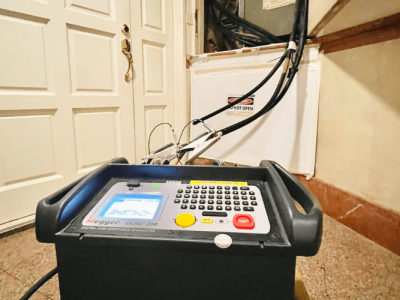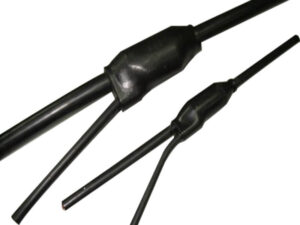The contacts in the circuit breaker needs to checked periodically to ensure that the breaker is healthy and functional. Poorly maintained or damaged contacts can cause arcing, loosing phase, and even fire.
This contact resistance test is especially important for contacts that carry large amounts of current (e.g. switchgear busbars) because higher contact resistance can lead to lower current carrying capacity and higher losses.
Measurement of the contact resistance helps in identification of fretting corrosion of contacts, and allows contact corrosion to be diagnosed and prevented.
Contact corrosion leads to:
- Power loss
- Heat generation
- Loss of contactor capacity
- Failure to interrupt current when required
These problems can lead to major failure. Fretting corrosion at high temperatures is one of the causes of contact failure resulting in high contact resistance. Different surface coatings and other treatments are used to improve corrosion resistance of contact surfaces and contact tips.
At LKHPD, we provide contact resistance tests for branch cable and busway which helps to provide assurance for our customers.



